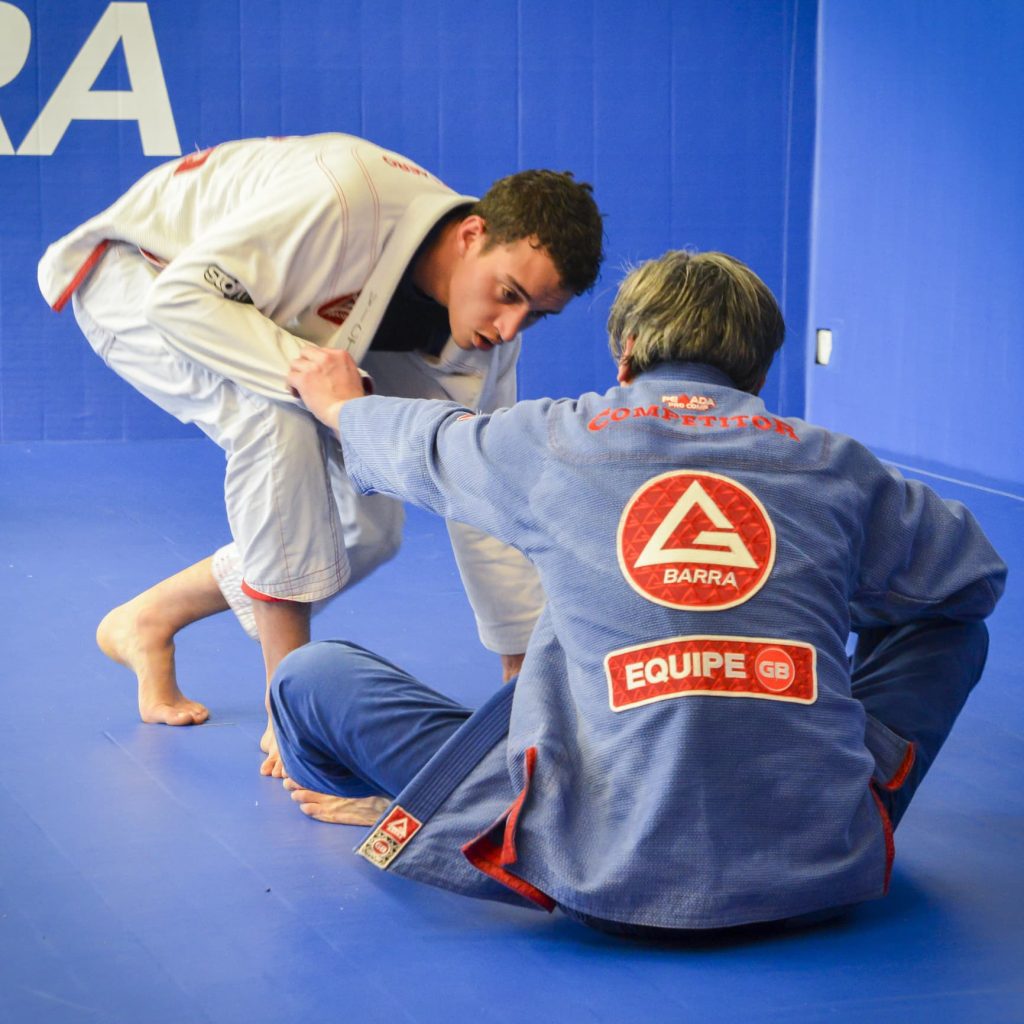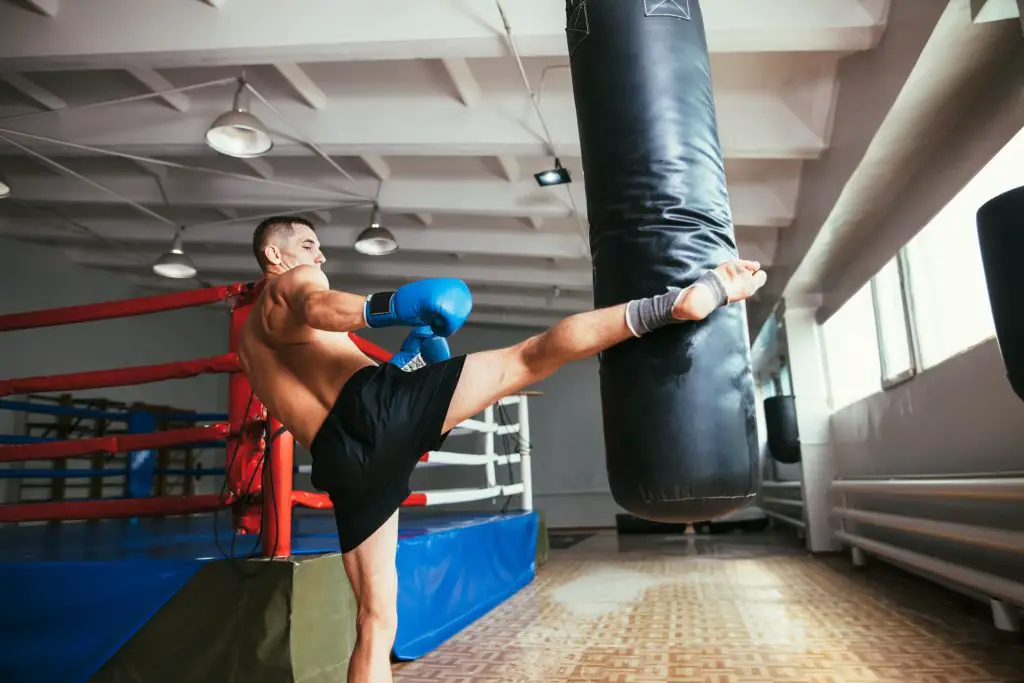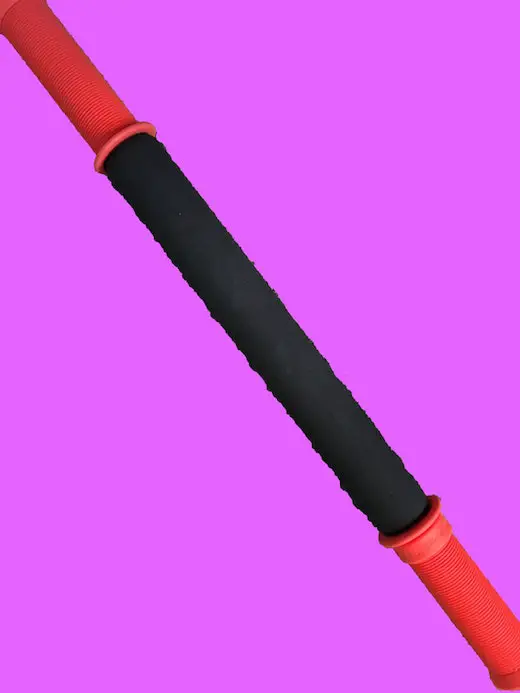You may have come across people or seen athletes with SHORT T REX ARMS or unusually long orangutan arms.
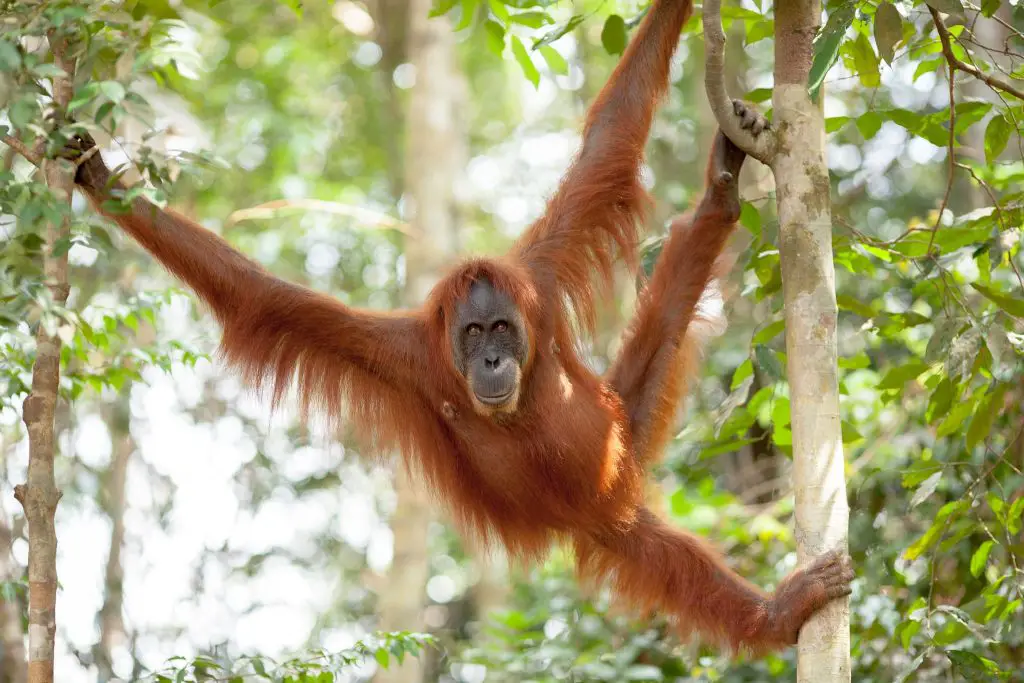
I was always CURIOUS if certain sports attract athletes with more positive or negative APE Index ideal for the sport or an athlete chooses a specific sport because of their physical body type or probably both.
Let’s talk about APE Index.
What is the APE index?
APE Index (also known as Gorilla Index or Ape Factor) is an individual’s arm span PROPORTIONAL to their Height.
The APE index gives us precise data on athletes’ reach to their Height.
Athlete APE Index Calculation
One way to measure if an athlete’s reach is NATURALLY longer or shorter than their Height is through the APE Index.
We can calculate Wingspan to Height Ratio using the Athlete’s Wingspan divided by the athlete’s Height.
i.e., Muhammad Ali has a wingspan of 78 inches (6’3 / 198 cm), and Height is 75.2 inches (191cm)
Then 78 inches (198 cm) divided by 75.2 (191 cm) inches gives Muhammad Ali’s APE Index is 1.037.
We can calculate The Difference between Wingspan and Height using Boxer’s wingspan divided by athlete’s Height.
i.e., Muhammad Ali has a wingspan of 78 inches (6’3 or 191 cm) – Height 75.2 inches (198cm), then Muhammad Ali APE Index is +7cm or 2.8 inches.
How Is The Wingspan Measured?
The wingspan is MEASURED with the person’s hands stretched 90 degrees to the ground, measured from a person’s left fingertip to the right fingertip.
How To Measure APE Index
There are a couple of different ways to measure your APE Index.
First Method: With help from your training partner, measure your wingspan (steps above) and your Height using a measuring tape.
You can now calculate your APE Index with the formula.
APE Index = Your Wingspan / Your Height
And to find the difference between your Wingspan (W) and Height (H):
Difference Between (W) & (H) = Your Wingspan - Fully Body Height.
Second Method: Find any VERTICAL SURFACE, i.e., wall or a door, and place your fingertips on the floor and your opposite fingertips upwards to the sky.
As you stand, you can gauge the difference between your wingspan and your body height.
APE Index Calculator 🦍📏
Please enter your height and arm span and select the unit of measurement to calculate your APE index.
Positive and Negative APE Index
APE Index of 1 means your wingspan is proportional to your Height.
If your APE Index is higher than one means you have a positive APE Index, and similarly, if your APE Index is LOWER than one means you have a negative APE Index.
The Complication with APE Index
It is worth noting that some athletes naturally have a more EXTENDED shoulder width, and some athletes have NARROW shoulder width.
This means some athletes may have a longer wingspan than other athletes, but their arms could be shorter than other athletes and vice versa.
For example, an exact height and built person is in a deadlift competition and has PRECISELY the same APE index.
The person with long arms with narrow shoulders has a slight advantage over shorter arms with broader shoulders.
A person with shorter arms with a broader shoulder is disadvantaged because they have to go through more MOTION in their hip, knees, and spine to do a deadlift.
Lamar Grant, known as the first person ever to deadlift five times their body weight of 524.5 pounds (238kg) during Flint Olympian Games at bodyweight 128 pounds (56kg), 5 ft 2 in (152 cm), has a very long arm.
Unfortunately, I could not find the exact measurement of his arm length or APE index, but from a simple eye test, Lamar has EXCEPTIONALLY long arms where his knuckles are nearly touching his knees whilst he does the deadlift.
The measurement from the armpit to finger or knuckles for Boxing & MMA would give more ACCURATE data on the athlete's arm length; however, wingspan measurement is used widely in all sports.
What Is Reach Advantage?
In contact sports such as Boxing and MMA, reach Advantage is often the topic that is discussed PRE-FIGHT, the tale of the tape, or during the fight.
Reach Advantage is how much longer or shorter the athlete/fighter reach is compared to their opponent.
In MMA or Boxing, the long reach is ADVANTAGEOUS because the fighting distance is essential.
Let's take a real-life example.
Manny Pacquiao, 5 ft 5 1/2 in (166 cm), is a few inches shorter than Floyd Mayweather, 5 ft 8 inches (173 cm).
Still, Mayweather was not just able to impose his naturally BIGGER size advantage over Pacquiao.
Mayweather also has a naturally longer reach 72 in (183 cm) APE 1.058 COMPARED to Pacquiao's naturally average reach of 66 in (166 cm) APE 1.024.
Manny Pacquiao is a naturally smaller fighter who had to put stones in his pocket to make the 105 pounds (47.62 kg) limit to be the only boxer in boxing history to win lineal championships in five weight classes and Octuple Champion.
Now boxing with one of the top Pure Boxers in Mayweather, who was just as skilled and, to many fans' dismay, use EFFECTIVE clinches throughout the fight as Pacquiao got closer to close the distance.
Even though many fans called Mayweather for HUGGING Pacquiao too many times during the fight, clinches are legal in boxing. I digress..
Mayweather was able to effectively use his longer-reach advantage to keep Pacquiao at a distance most of the time of the fight.
When Pacquiao {who was 5 inches (13 cm) reach disadvantage} closed the distance Mayweather tied Pacquiao up in a clinch, and referee Kenny Bayless would SEPERATE the fighters. (you will notice Kenny Bayless same thing happened with the Caleb Plant vs David Benavidez fight)
Rinse and repeat.
Then Floyd Mayweather smartly boxed Pacquiao with his long jab to keep him at a distance and clinch Pacquiao as Pacquiao closed the distance, which was very effective throughout the fight.
Some fans argue that Pacquiao fought Mayweather with only one arm as Pacquiao carried out his right shoulder injury after the Mayweather fight.
And Pacquiao was denied the rightsholder treatment prefight while Mayweather took illegal World Anti-Doping Agency banned IV.
However, we can agree that in addition to Floyd Mayweather's smarts and skills in the ring...
...his REACH ADVANTAGE also played a part in winning the fight, particularly for pure boxers like Floyd Mayweather; longer reach are always an advantage.
Floyd Mayweather has a Solid, Strong Jab to keep guys like Canelo Honest.
With Mayweather 5 inches (13 cm) reach advantage over Pacquiao, Mayweather's jab was HIGHLY INFLUENTIAL during the fight, CONTROLLED the Fighting Range, and scored points on the judge's card.
Sports Where Longer APE Index Is An Advantage
In almost every type of sports you can think of long arms are always considered ADVANTAGEOUS, particularly
Combat Sports: Boxing, MMA, Kickboxing, Material Arts
Ball Sports: Basketball, Football, Baseball, Volleyball, Cricket, Tennis, Badminton, Water Polo
Swimming
Rock Climbing
Cycling
In combat sports, hypothetically, if a fighter were the same Built, Natural Weight, Height, and punches and kicks were of EQUAL power, speed, timing, technique, and mindset.
But the one with significantly longer arms and legs will almost ALWAYS land more strikes.
In Martial arts and all combat sports, we are taught or soon realize the importance of FIGHTING DISTANCE during our sparring.
You can only throw punches and kicks when you are in the range of an opponent. If you are not in range and throw strikes, you are SIMPLY striking thin AIR.
A more extended arm or longer kick fighter will always have an advantage in the fighting distance and deter their opponent with more extended kicks or punches when the opponent is in range.
The opponent with shorter arms and legs has to NULLIFY their opponent's reach advantage with more quickness, power, and skills to close the distance to score points on the opponent.
In Ball sports, a more extended arm athlete can generate more centrifugal force, which helps the athlete throw the ball farther away, faster, while having a more extended arm reach enables you to catch the ball and defend your opponent.
Swimmers with longer arms, particularly larger hands, accelerate more distance with each stroke than their counterparts with shorter arms and hands.
Michael Phelps, 6 ft 4 inches (193cm) with a wingspan of 80 inches (203 cm), has an APE index of 1.052 or +10 cm or 3.937 inches longer as a general human being has an arm span equal to their Height.
Micheal Phelps and his greater APE Index also have a freakishly long torso, giant palms & feet, and short legs, making his body structure designed for swimming.
It is widely often considered in a climbing COMMUNITY of the Advantage of having a positive APE Index because a person with the same height but with a positive APE index can reach holds that are further away.
Most elite climbers most often tend to have positive ape index such as
Kai Harada 5 ft 6.5 in (169 cm), wingspan 73.6 in (187 cm) APE Index: 1.065; +4.331 inches (11 cm)
Narasaki 5 ft 7 in (170 cm) wingspan 70.87 in (180 cm) APE Index 1.059 3.973 inches (10 cm)
Jan Hojer 6 ft 2 in (188 cm) wing span 77.95 in (198 cm) APE Index 1.053; 3.973 inches (10 cm) Tomoa
Sascha Lehmann 5 ft 4.2 in ( 163 cm) wingspan 67.72 in (172 cm) APE Index 1.055; 3.543 inches (9 cm) among others.
Long arms are HIGHLY ADVANTAGEOUS in typical athletic sports which require throwing motion, such as Shot Put, Discus, Hammer, and Javelin.
A longer arm allows athletes to make slightly LONGER CONTACT & pick up MORE SPEED with Javelin or throwing the ball than the short arms athletes, allowing longer arms athletes more time to transfer energy before the release.
In ball sports such as Basketball, Volleyball, and Water Polo, It is VERY ADVANTAGEOUS to have longer arms that allow athletes to block, defend, and intercept the ball with their extended reach.
The average world-class athletes in these sports are over 6 ft 5 in (196 cm) in Height, also almost always have a positive APE Index.
Jorge Campos is a world-class goalkeeper with only 5 ft 6 in (168 cm) stature; however, there are no data on his exact wingspan. He seems to have a long wingspan for his Height.
What is a Good Ape Index
Any APE Index above 1 is good. You can find out your APE Index by carrying out your APE Index calculation from the steps shown at the beginning of the article.
Sports Where Shorter Arms Is An Advantage
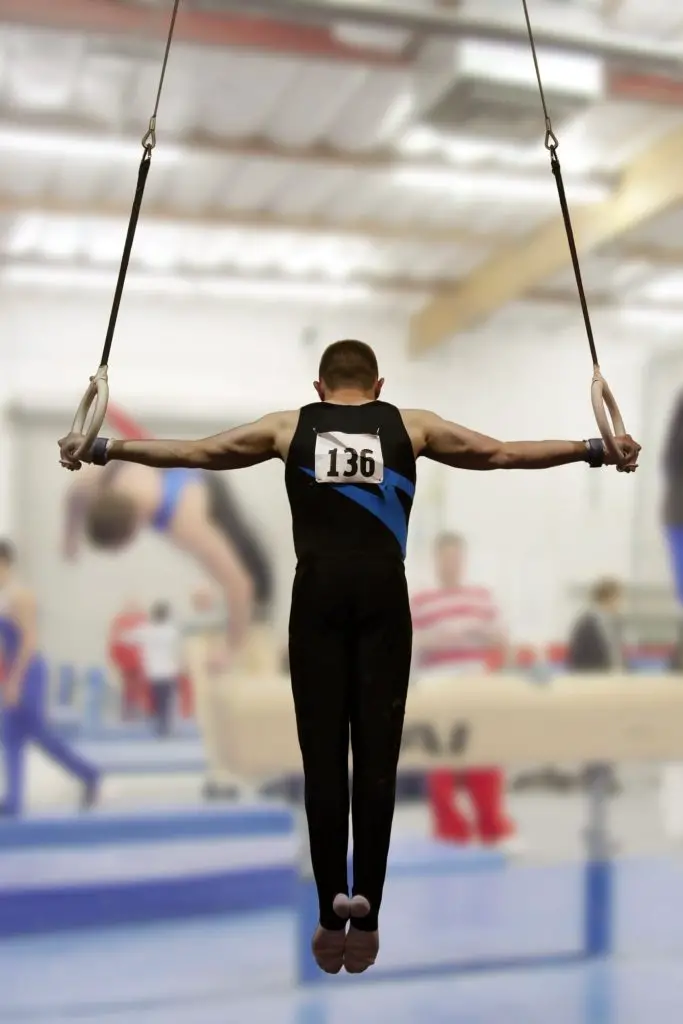
A more extended arm would mean the LEVERAGE is long in a competition, such as a bench press, or handstand doing an iron cross in gymnastics, because weight (your body weight) has to travel further.
Weightlifting is a perfect example where shorter arms are hugely advantageous.
Your shorter arms would mean your arms have to carry a shorter distance above your head to COMPLETE the lift, and the weight has to travel less distance away from your body's center of gravity.
Weightlifting athletes' wingspan is not officially measured or documented; however, it is rare to see weightlifting champions with unusually long arms.
Among many World weightlifting champions, Tian Tao, Simon Martirosyan, Ivan Ivanov, and three times gold medal winner in the Olympics in weightlifting Halil Mutlu have relatively short arms compared to their Height.
Some parts of Gymnastics, such as Pommel Horse, are ideal for a long-arm athlete; however, having short arms and fast-moving limbs is advantageous in Iron Cross.
If you have SHORTER LEGS Wrestling, Diving, Gymnastics, Sprinting, Throwing and Boxing, Throwing, Water Polo, Swimming, and Diving is great sports because shorter legs provide a lower, more stable center of GRAVITY and an Advantage in quicker REACTION time.
In almost all combat sports, a more extended arm is hugely advantageous, allowing athletes to hit opponents more efficiently and control the fighting distance.
However, If you have a negative APE Index, long legs are highly advantageous in TAEKWONDO compared to longer arms.
In a Taekwondo competition, points are scored predominantly through kicks, and punches are rarely used to score (1 point maximum, whereas turning head kicks are worth 4 points).
Also, punches are often thrown in Taekwondo when an opponent is in close range. Therefore athletes with super long legs and slim body types are advantageous in Taekwondo.
Concerns With the Short APE Index
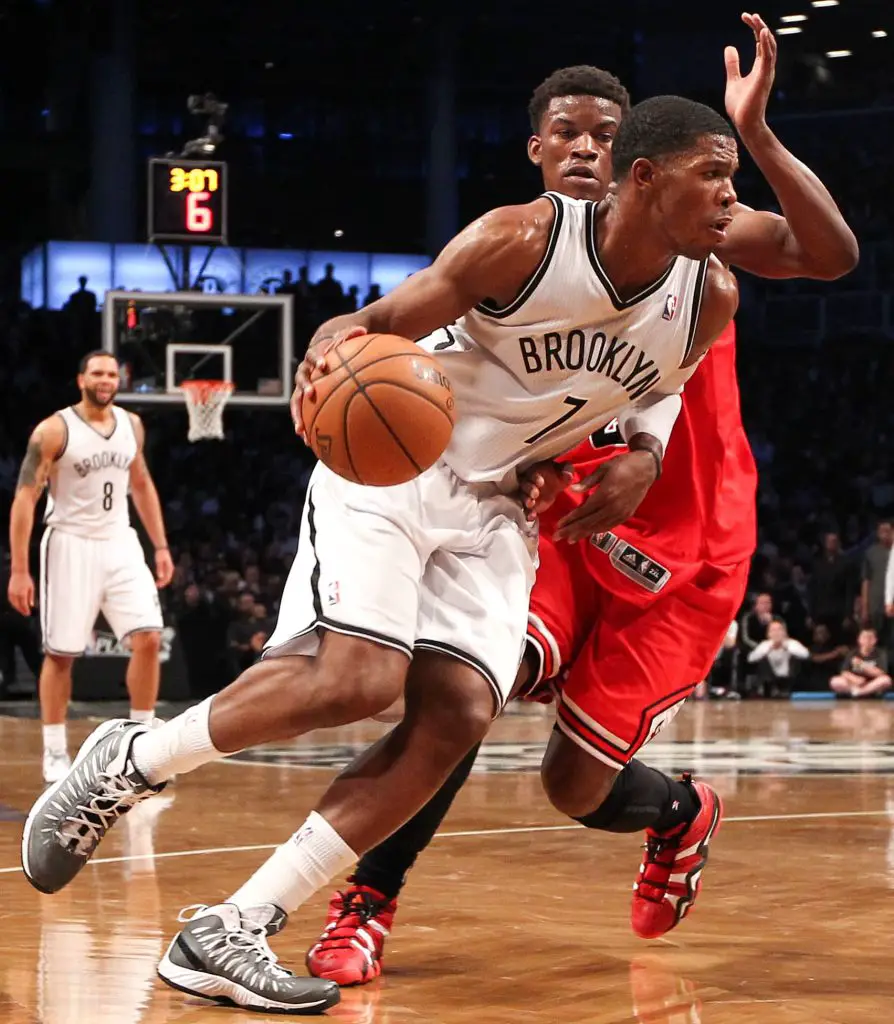
It is worth mentioning that having a positive APE Index is advantageous in most sports. However, it should NOT DETER YOU if you have a negative APE Index.
Your determination, natural GENETICS, the age you start, your coach, and the training resources you have all play a vital role in your sports career or sports you want to enjoy.
Let's pick the sport where the APE index plays a CRUCIAL role.
Basketball scouts for college or NBA are highly keen on knowing the player's wingspan measurements, which is a valuable physical trait for both defense and offense.
Don't be disheartened if you have a short APE Index.
Several players have played in NBA with a negative APE Index, such as
- JJ Redick 6 ft 3 in (193 cm), Wingspan 75.2 in (191 cm), APE Index 0.99, and
- Kevin Willis 7 ft (213 cm), Wingspan 82 in (208 cm) has an APE Index of 0.978
Among other NBA players have shorter than average NBA players APE Index.
If you are a climber and CONCERNED about your short arms, you'll have heard about Adam Ondra.
Yes, Adam Ondra has won World Championship and World Cup Series in Lead Climbing as well as BOULDERING.
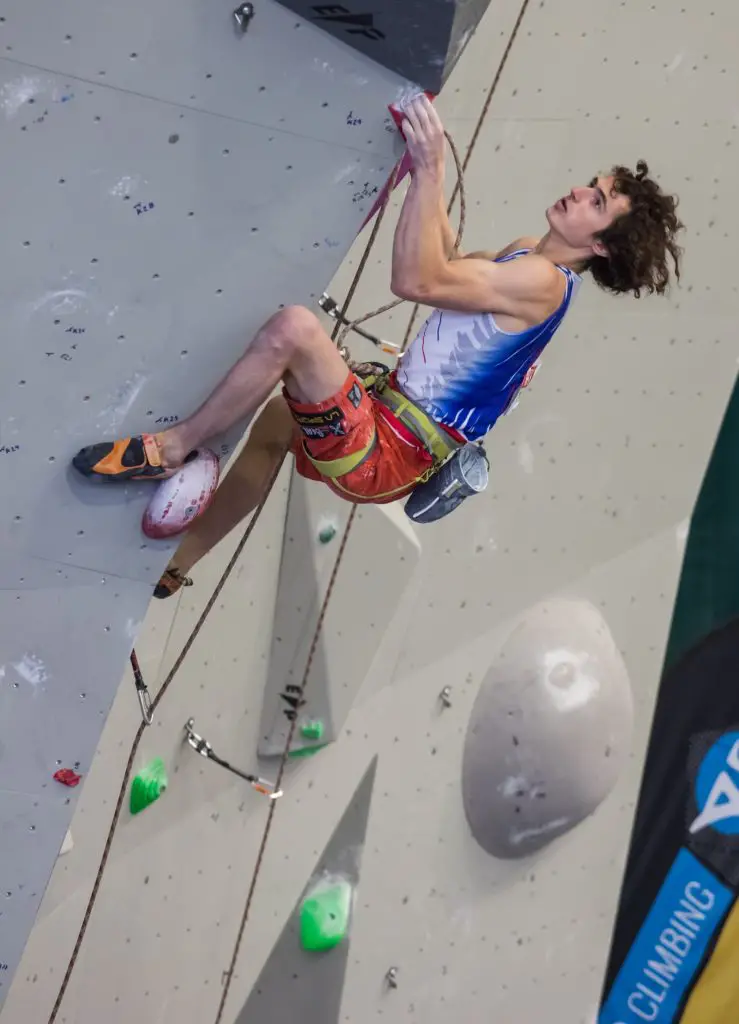
Adam Ondra has a 6 ft 1 in (186 cm) wingspan of 73.62 in (187 cm) with an APE Index of only 1.005.
UFC and Boxing are competitive sport and dangerous sports where a longer reach is highly BENEFICIAL as a long-arm fighter can control the distance/range to hit an opponent and avoid getting hit.
There are plenty of boxing champions and hall of Fame boxers with negative APE Index.
Boxer Vasyl Lomanchenko, 5 ft 7 in (170 cm) with a wingspan of only 65 1/2 in (166 cm), has a negative wingspan of 0.976, was considered for many years the best pound-for-pound boxer in the world until his loss with Teofimo Lopez.
UFC Champion Khabib Nurmagomedov, 5 ft 10 in (178 cm) wingspan 70 in (178 cm), has an APE Index of 1 and rarely comes into the fight with a reach advantage over his opponents.
Following is a short list of boxers and UFC champions/legends who all have a negative APE Index:
Max Holloway 5 ft 11 in (180 cm) Wingspan 69 in (175 cm) APE Index 0.972 [- 1.97 in (-5cm)]
Cody Garbrandt 5 ft 7 in (170 cm) Wingspan 65 1/2 in (166 cm) APE Index 0.976 [-1.57 in (-4 cm)]
Joanna Jedrzejczyk 5 ft 6 in (168 cm) Wingspan 65 1/2 in (166 cm) APE Index 0.988 [ -0.79in (-2 cm)]
Rocky Marciano 5 ft 10 1/2 in (179 cm) Wingspan 68 in (173 cm) APE Index 0.966 [-2.36 in (-6 cm)]
Floyd Patterson 6 ft 0 in (183 cm) Wingspan 71 in (180 cm) APE Index 0.984 [-1.181 in (-3 cm)]
Terry Norris 5 9 1/2 in (177 cm) Wingspan 68 1/2 in (174 cm) APE Index 0.983 [-1.181 in (-3 cm)]
Andre Ward 6 ft 0 in (183 cm) Wingspan 71 in (180 cm) APE Index 0.984 [-1.181 in (-3 cm)]
Julio Cesar Chavez 5 ft 7 1/2 in (171 cm) Wingspan 66 1/2 in (169 cm) APE Index 0.988 [-0.787 in (-2 cm )]
And last but not least the top 10 boxers in almost every boxing experts list:
Roberto Duran 5 ft 7 in (170 cm) Wingspan 66 in (168 cm) APE Index 0.988 [-0.787 in (-2 cm )]
Here is the complete list of the Top 25 Boxers with a Negative APE Index.
